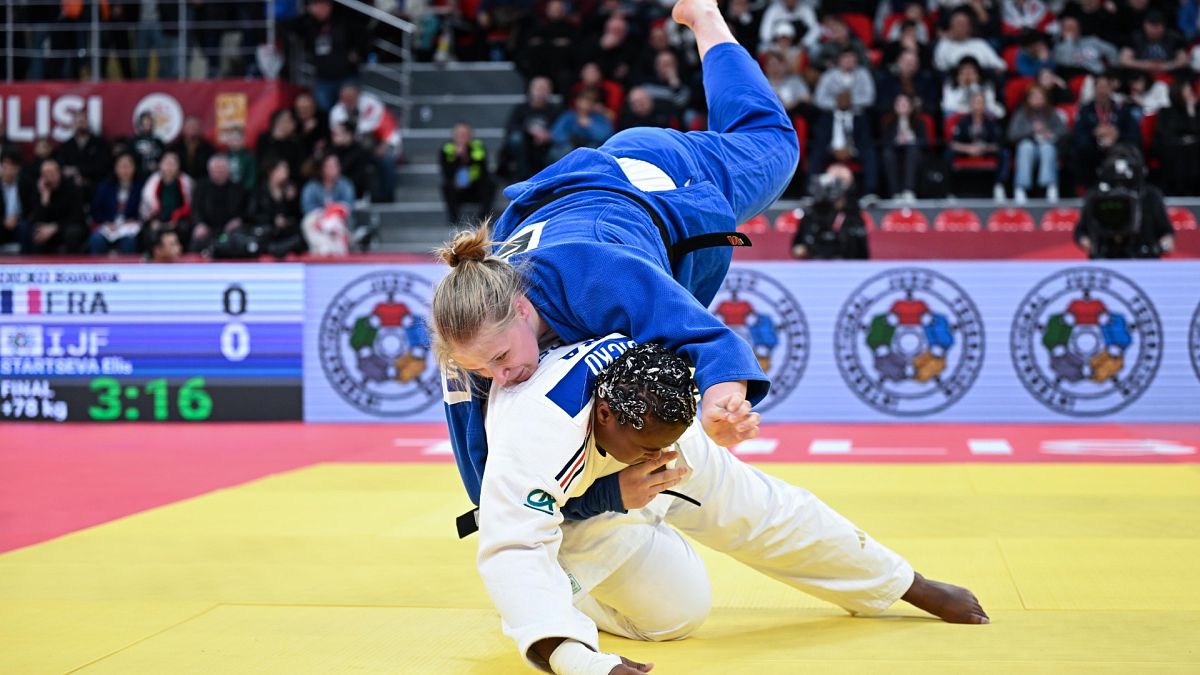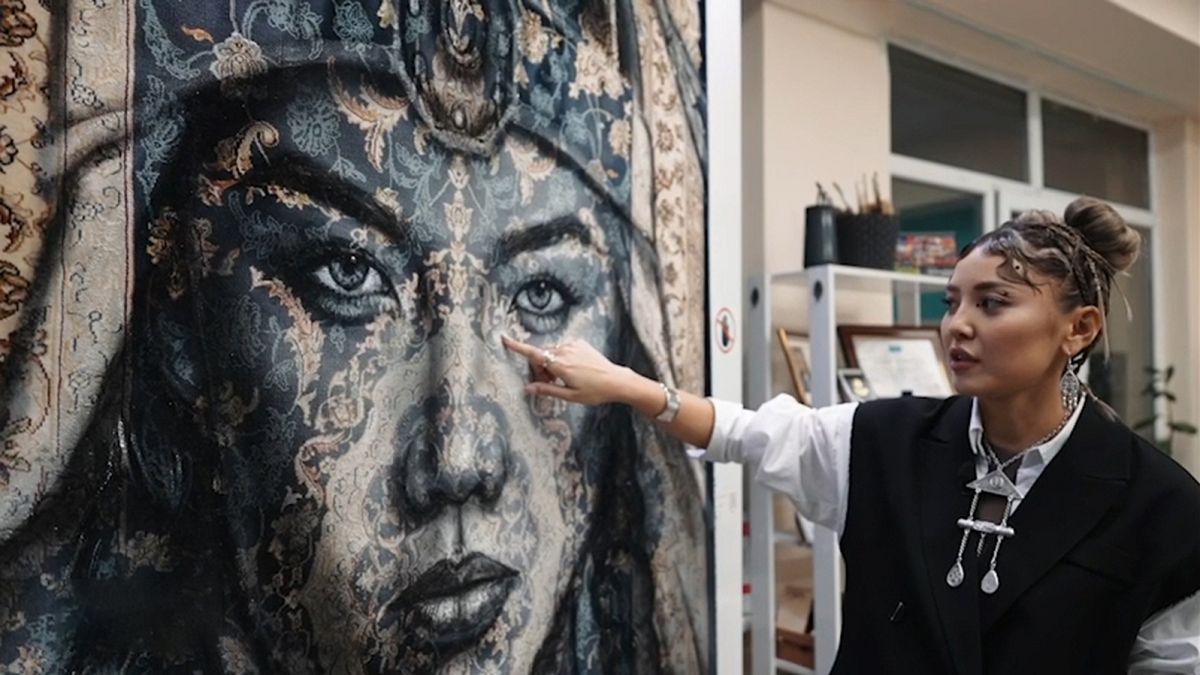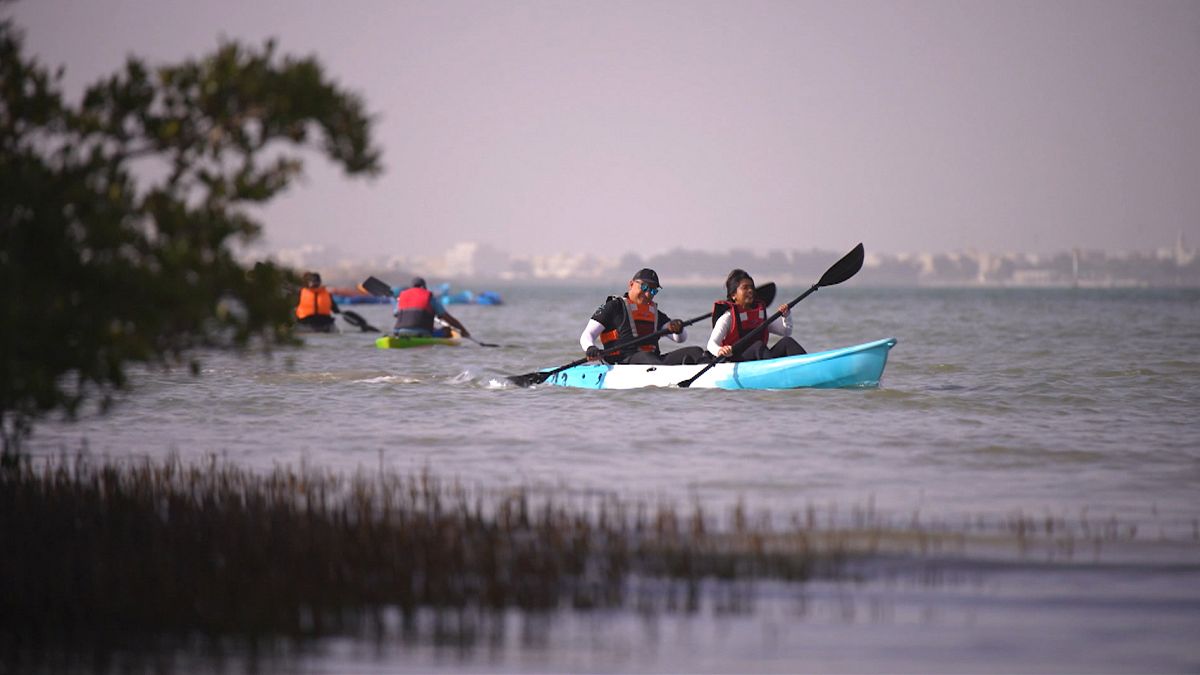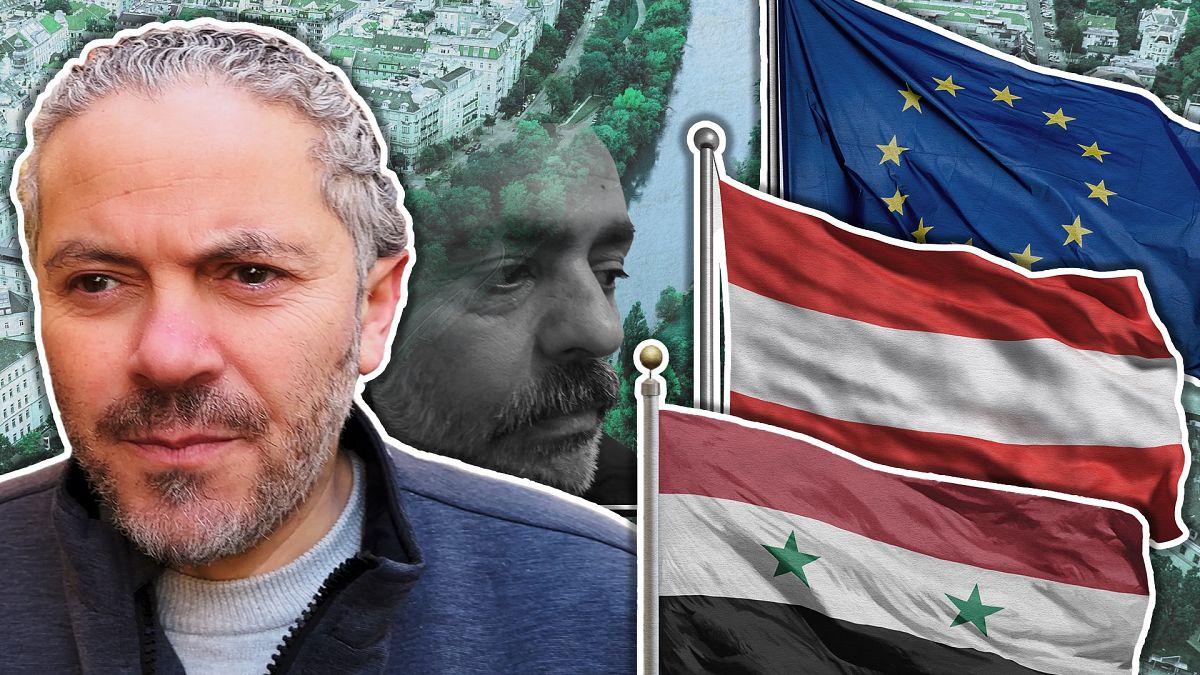“Everywhere, every day”: how the EU’s drugs agency is tackling a new surge
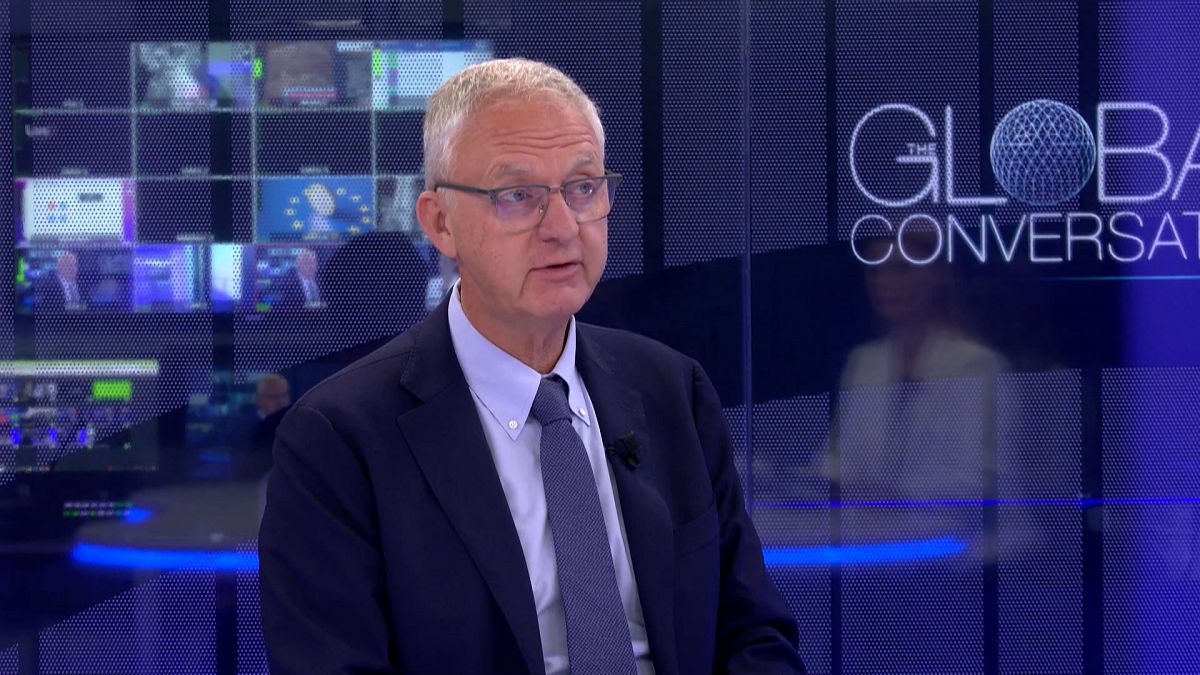
The European Union Drugs Agency is dealing with new challenges to the rule of law as the illegal drugs trade surges.
Across the European Union there is a growing diversification of illegal drugs and increasing violence linked to organised crime. But there are also new solutions and enhanced forms of cooperation, according to Alexis Goosdeel, Executive Director of the European Union Drugs Agency. He outlined these in detail to Isabel Marques da Silva in The Global Conversation.
Goosdeel began by clarifying that new illicit substances, including so-called ‘pink cocaine’ are not classified as drugs. “This is why we call them, also, new psychoactive substances,” he says. “They have a psychoactive effect on the brain, but they are not yet classified as a drug. So over the last 27 years, we have established and developed a European drug alert system on those substances and we have detected more than 950 of them, that never appeared on the European market before. And some of them have the potential to be harmful for health or to have even lethal consequences.
“So, the “pink cocaine” is also called 2C in Latin America or in Spain, for instance. It is coming from the chemical name, which is to 2C-B.” Goosdeel continues. “But what we observe is that, in many cases, there are other substances – for instance, ketamine, which is a specific substance becoming more problematic – appearing a bit everywhere. For instance, we made a survey on the Internet among people who declared they are consuming substances, and up to 10% of them have declared consuming, at least once in the last two months, ketamine.
“The major trend and the major risk is, as we describe it, “everywhere, everything, everyone”. Drugs are everywhere today, whether they’re being smuggled to Europe or produced on the territory of the EU,” Goosdeel stresses. “Everything can be the object of an addictive behaviour. So the distinction between hard drugs and soft drugs, illicit and licit doesn’t encompass all the complexity, and there is polydrug use. And then, as a consequence, everyone can personally or indirectly have an episode – acute or chronic – of addictive behaviour to one of those substances.”
‘Chemsex’ drugs
The rise of new narcotics doesn’t mean the use of ‘traditional’ hard drugs is waning. It’s a complex picture and one that is constantly changing, Goosdeel says. “It’s a market in perpetual movement. Cannabis and cannabis derivates are still the first substance being used in Europe. Cocaine is now much more widespread because of a surge, the huge increase in production and availability.
“But also we see an increase in production of amphetamine and ‘chemsex’ that is the practice of using substances to sustain long sexual activity and having sexual intercourse with many partners – especially males having sex with males. But what we see in that case is usually they can use, for instance, methamphetamine, which before was not very widespread in Europe. But what we see is that, over time, they may be an extension of the population that is using the substances. So, this means we have important risks and important problems and challenges, and we need also to be much more agile compared to what the situation was 20 or 30 years ago.”
Surge in drug-related violence
The growing use of illegal drugs is directly linked to an increase in the activities of gangs across the continent, as it’s criminal organisations who import and distribute illicit produce from Latin America and other parts of the world. More gangs involved in this underground trade inevitably means more violence, as Goosdeel has witnessed.
“There is the threat to the rule of law, yes. And certainly, for me, what is the most worrying development in the last 7 or 8 years is the huge increase in drug-related violence in the EU. Which means, ten years ago, when we were working with the European Commission, helping the Commission to design a strategy on drug-related violence, it was about Central America. Today we speak about the European Union.
“What I think we will see today is also the result of an evolution that probably took ten years, that was boosted, among other things, by the Covid pandemic. Because now most of the drugs are coming through containers, which was not the case before. But I think that what we see now is the tip of the iceberg, which was not visible before. And also, before, we had huge challenges, for instance, with the fight against terrorism. So, this means, probably, we have not really seen the first signs that the organised criminal groups were changing their way of organising themselves. And what we see is that unfortunately now it’s everywhere. It’s almost every day, if not every day, every week, in all, or most of the EU member states.”
Click on the video above to see the interview in full
Source: Euro News


